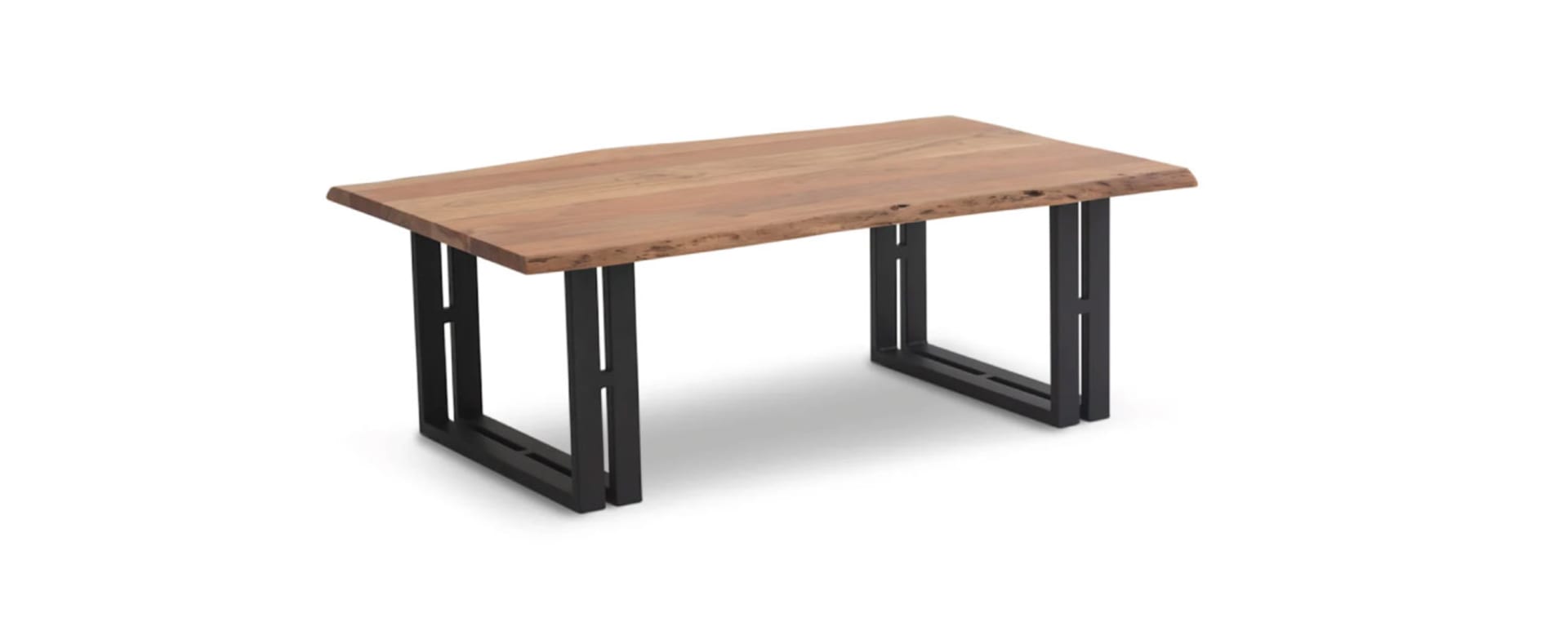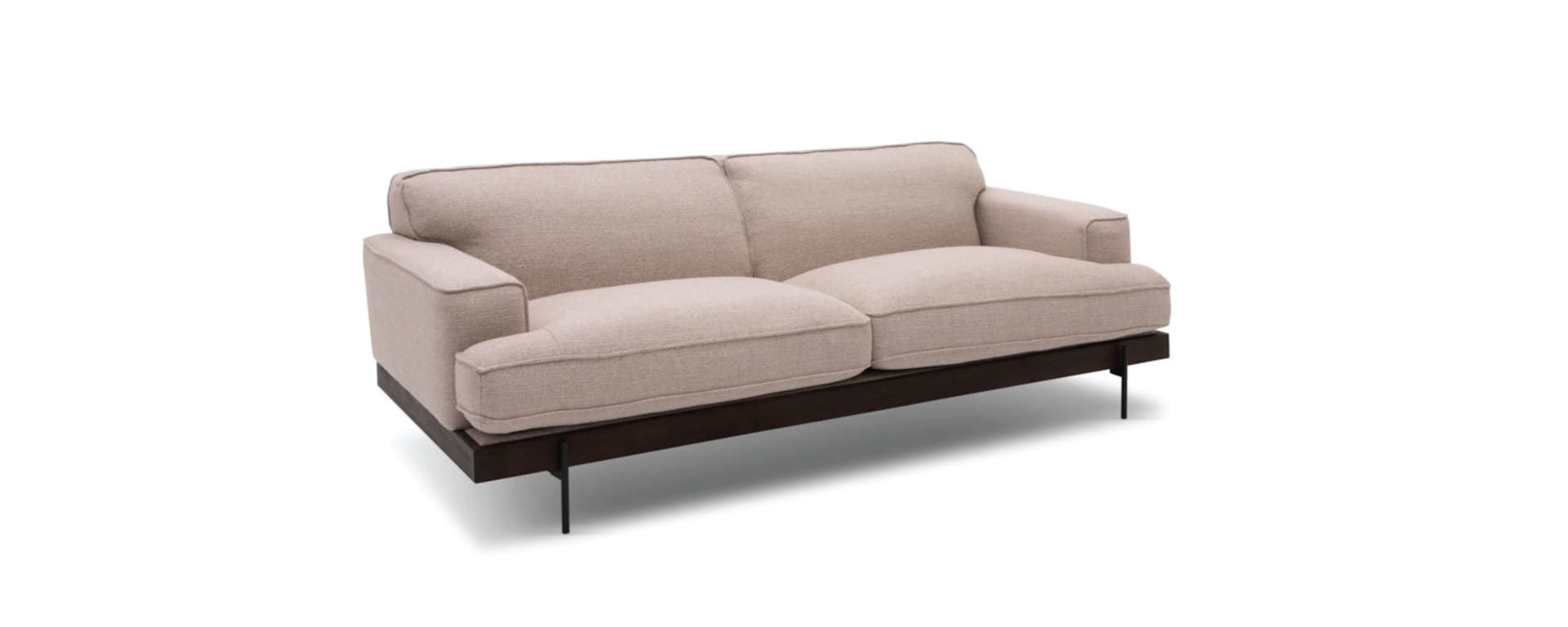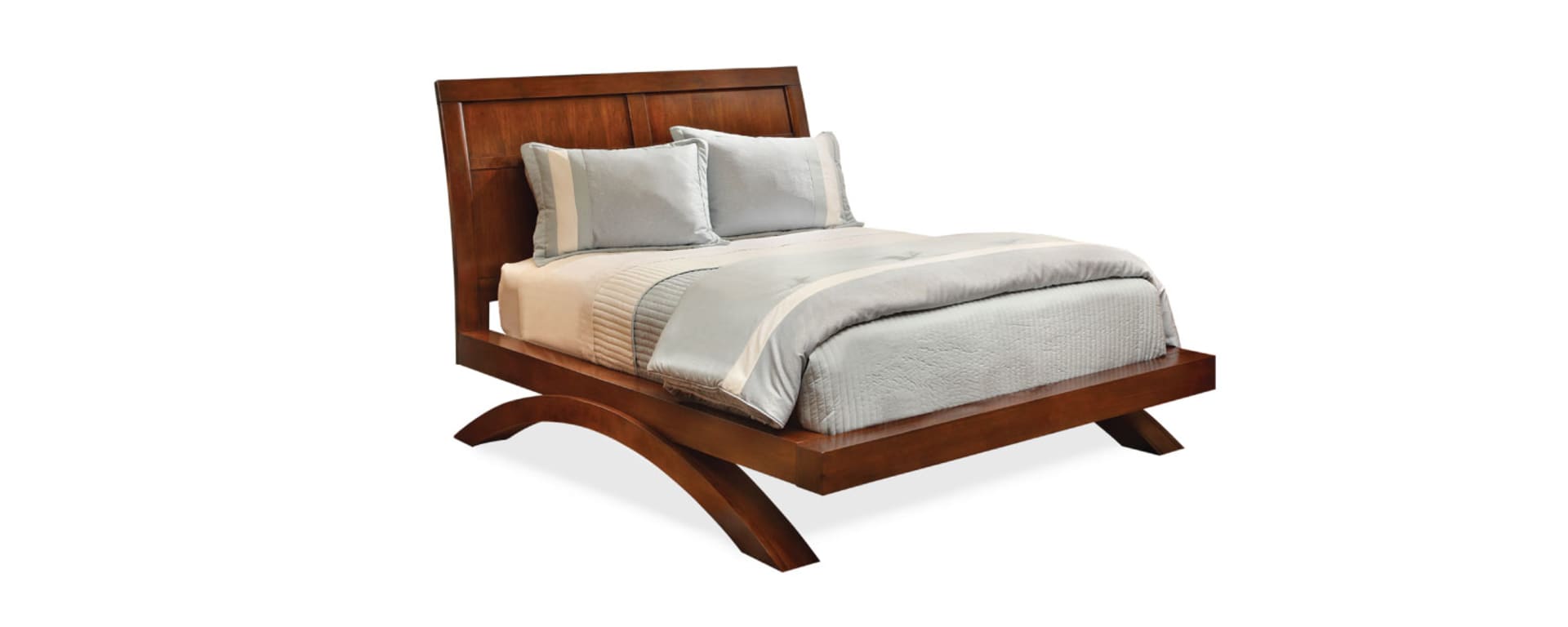Furniture Style Guides by Furniture Row

Want to learn more about furniture and interior design styles? Our Furniture Row Style Guides combine expert insight from our interior designers with helpful information, imagery, and definitions to explain popular furniture styles found on the market today - and we are always adding more styles to the list!
Furniture Style Guides
Style Guides
- Style Guide: Contemporary Vs. Modern, What’s the Difference?
- Style Guide: Traditional Vs. Transitional, A Showdown of Timeless Taste
- Style Guide: Eclectic Style Dazzles With Personality and Bold Design
- Style Guide: Western Style Tames Rugged American Beauty
- Style Guide: Farmhouse Style for Every Home
- Style Guide: Cottage Style Charm is Elegant and Easy to Create
- Style Guide: Rustic Style Celebrates Natural Beauty and Simple Comfort
- Style Guide: Industrial Style for Modern Living
- Style Guide: Coastal Style Brings the Beauty of the Beach Home!
- Style Guide: Mid-Century Modern is Having a Moment
- Style Guide: Boho Style is Free Spirited and Fashionable!
- Style Guide: Reclaimed Style is Perfect for Contemporary Interiors
- Style Guide: Organic Modern - How to Design an Organic Modern Interior
Furniture Guides
- Furniture Guide: Types of Dining Chair Backs
- Furniture Guide: Sofa Arm Types
- Furniture Guide: Why You Should Buy Amish Furniture
What Does Style Really Mean in Furniture and Interior Design?
The dictionary defines a style as: “a particular kind, sort, or type, as regarding form, appearance, or character”. In other words, style is a way of categorizing what something looks like.
So, if someone says a table has a certain style, they are just saying that it looks like other types of tables due to certain physical characteristics. A table could be any piece of furniture with multiple legs and a flat top, but if a table is of a certain style, you know it has a certain look.
How Do Designers Know Which Style is Which?
When looking at a piece of furniture, an interior designer can tell you which style it belongs to by examining some of its exterior design elements. When we say exterior design elements, we mean the shape of the frame, the shape of the arms & legs, as well as the color palette & finishing touches.
1: The Shape of the Frame
The frame is the innermost support structure of a piece of furniture. The frame has to support the weight of the furniture and the weight of the people who use it, so the frame of any piece needs to be sturdy. But, furniture makers can shape the piece's frame in various ways to give it a certain look they think customers will like.

2: The Arms & Legs
While arms and legs are important for both function and comfort, they are also strong style identifiers. Like with the frame, the arms and the legs of a piece of furniture provide support to the user - but, again, they can be shaped in certain ways to make the furnishing stand out from the crowd or fit in with a certain style.

3: Color Palette & Visible Materials
Color Palette
The color palette refers to the combination of colors that the furniture shows. Certain combinations of colors are known to work well together, and certain combinations have been popular at certain times in history or certain regions of the world. Once you recognize the color palettes of certain interior design styles, you can begin identifying pieces like a pro.
Popular Color Palettes:

Visible Construction Materials
When furniture makers are making a piece of furniture, they have choices when it comes to what construction materials will be found on the outside of the furnishing. A table could be any piece of furniture with multiple legs and a flat top, but if the furniture maker decides to make the table top from glass instead of wood, then the resulting table will have a very different look. Here are some visible construction materials that can have a dramatic impact on style:
- Solid Hardwood: All furniture styles feature pieces made from wood, but pieces made from solid hardwood are often part of traditional or rustic styles.

- Metal: Metal can be used instead of wood to promote increased durability in furniture, but it is often used to give the piece of furniture a certain rugged or tough look. Furniture that features black metal bars usually has has an industrial or urban look.

- Glass: Glass is most commonly found on horizontal surfaces like table tops, but it can also be used as a structural component in certain pieces. Glass is often used to make furniture with a modern or eclectic look.

How to Quickly Identify Furniture Styles
So, do you have to be an expert to identify furniture styles? The answer is...not really! While it might take some time to learn all the intricacies of the furniture styles on the market today, our interior designers have a tip that can help anyone start identifying styles in seconds: Instead of trying to learn all the specific styles on the market today, just learn the four general style categories instead!
- The general styles categories of furniture are traditional, transitional, contemporary, and modern
- All furniture and interior design styles fall into these general style categories
And the best part? You can learn most of what you need to know with this handy timeline:
Furniture Style Timeline

Traditional
As you can see, the term traditional refers to furniture made hundreds of years ago. It’s most commonly used to describe furniture made between the 1400s and 1800s. A common theme that united furniture during this time was the preference for flamboyant frame shapes and curved, elaborate arms and legs. Rococo style is an excellent example of a specific traditional style.

Contemporary
The next red-colored category on the timeline is contemporary. In today’s terminology, contemporary furniture usually refers to furniture made between the 1980s and today. Today’s contemporary furniture is almost completely at odds with traditional furniture - it’s made with straight-lined, minimalist frame shapes, synthetic materials, and neutral color palettes.

Transitional
As you may have guessed from the name, transitional furniture refers to furniture made during the transition period between traditional and contemporary. When shopping, it’s also common to see retailers label pieces as “transitional” when they showcase both traditional and contemporary design elements.

Modern
Finally, modern style furniture is furniture with cutting-edge design elements that appear forward-looking or futuristic with streamlined designs. Modern style furniture doesn't necessarily have to be made within the last few years, but it does need to have an innovative look when viewed today.

Once you understand the differences between these major general style categories, you're well on your way to identifying furniture styles like a pro.
Happy styling!